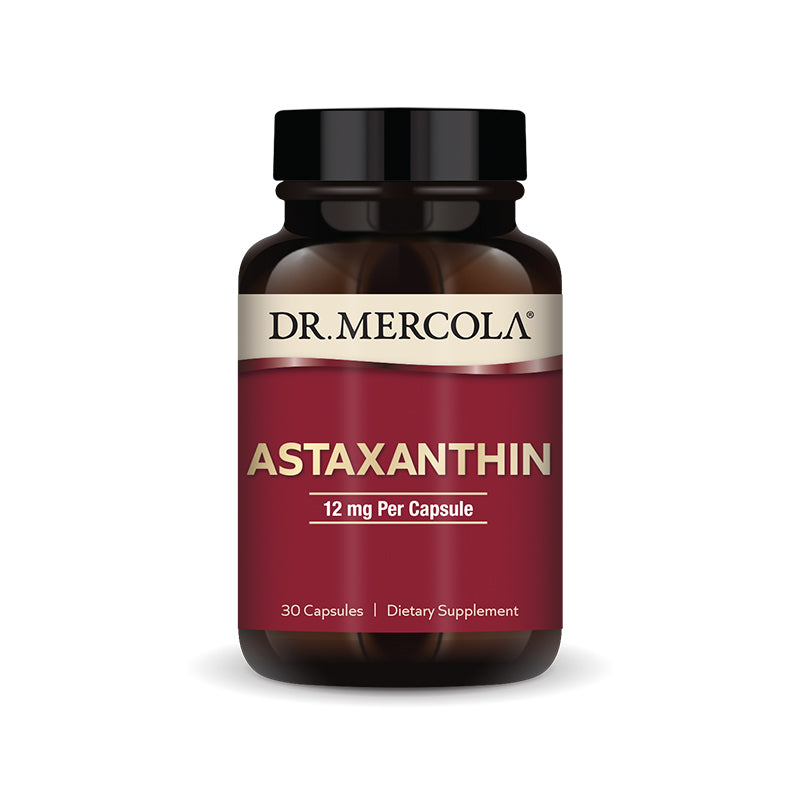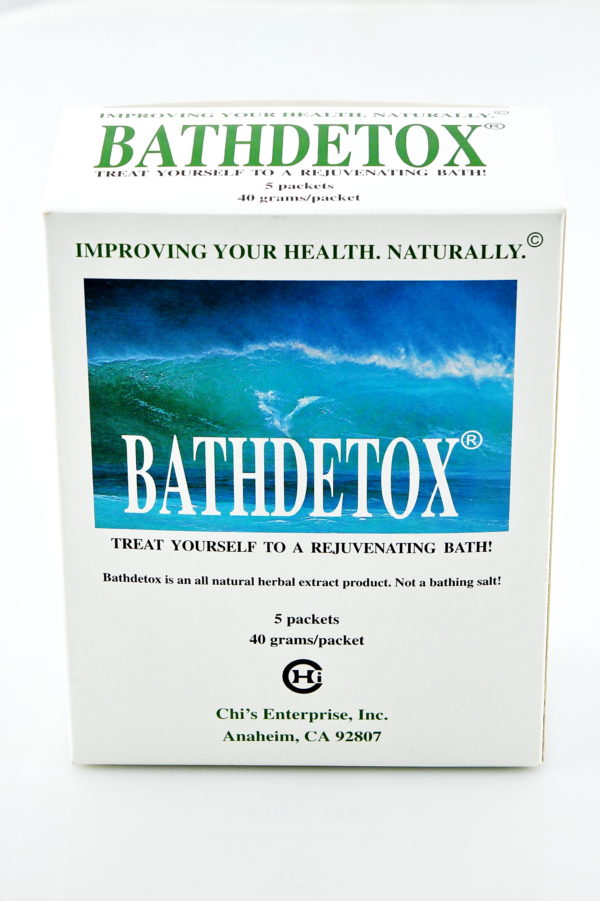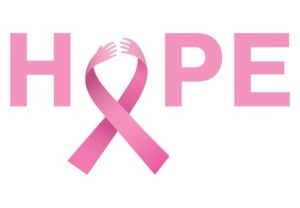Cart
0
American scientists found minuscule levels of radioactive cesium-134 and cesium-137 in bluefin tuna caught off San Diego, California last August.
The researchers – who hail from Stanford University, Stony Brook University, and Yale University – say there’s no doubt that the cesium radionuclides they found come from the Japanese nuclear reactors damaged by the March 2011 tsunami (Madigan DJ et al. 2012).
Tissue samples were taken from 15 bluefin tuna caught by recreational anglers five months after the meltdowns at Fukushima Daiichi.
The samples from all 15 tuna contained the reactor byproducts cesium-134 and cesium-137 … but in amounts very far below those considered unsafe, the scientists said.
The results were just published online in the Proceedings of the National Academy of Sciences.
We tested our Pacific seafood last March, and it passed with flying colors … see our sidebar, “Vital Choice Pacific seafood tested very safe”.
Levels detected fall far below natural background radiation
It’s important to put the levels detected in California-caught bluefin tuna into perspective.
The amounts of radiation produced by the cesium the scientists found are only about three percent higher than those produced by natural background sources of cesium-134 and cesium-137.
Further, the levels of both isotopes are just one-thirtieth the amount of naturally occurring radioactive potassium found in all marine life, and only about 2.5 percent of the limits Japan imposed on fish caught after the accident.
As the authors wrote, “even though 2011 PBFT showed a 10-fold increase in radiocesium concentrations, 134Cs and 137Cs would still likely provide low doses of radioactivity relative to naturally occurring radionuclides, particularly 210Po and 40K” (Madigan DJ et al. 2012).
Specifically, the concentrations of both isotopes of cesium totaled about 10 becquerels per kilogram (kg) of dry weight. (A becquerel is a unit of radioactivity equal to one nuclear disintegration per second.)
For comparison, these are the total Bq values of various foods and objects under normal circumstances (WNA 2012):
Bananas = 19 Bq/kg
Coffee = 1000 Bq/kg
Brazil nuts = 444 Bq/kg
Adult human = 7000 Bq/kg
Granite countertop = 1000 Bq/kg
EPA maximum for drinking water = 740 Bq (tritium/liter)
Household smoke detector (with Americium) = 30,000 Bq/kg
The major natural source of radioactivity in plant foods is Potassium-40, which normally constitutes just 0.0117% of the potassium in a plant food.
A typical banana contains about half a gram of potassium, and the portion that occurs as Potassium 40 gives bananas a radiation level of 15-20 Bq/kg.
Visit Vital Choice Seafood for one of the safest and highest quality seafood available.










